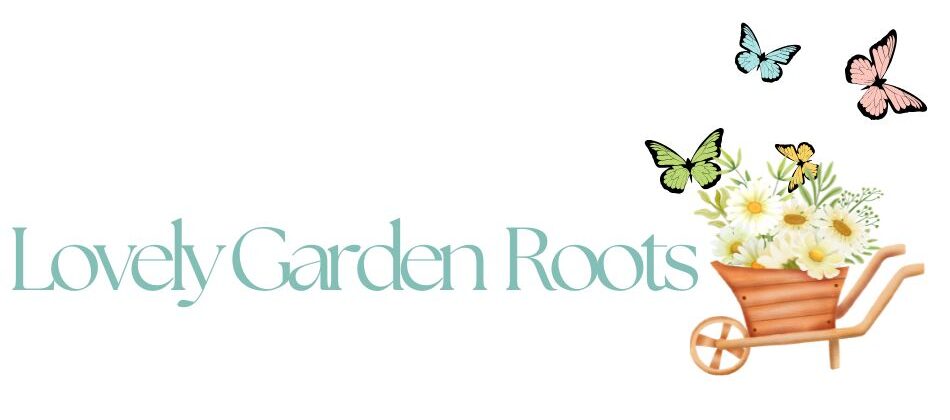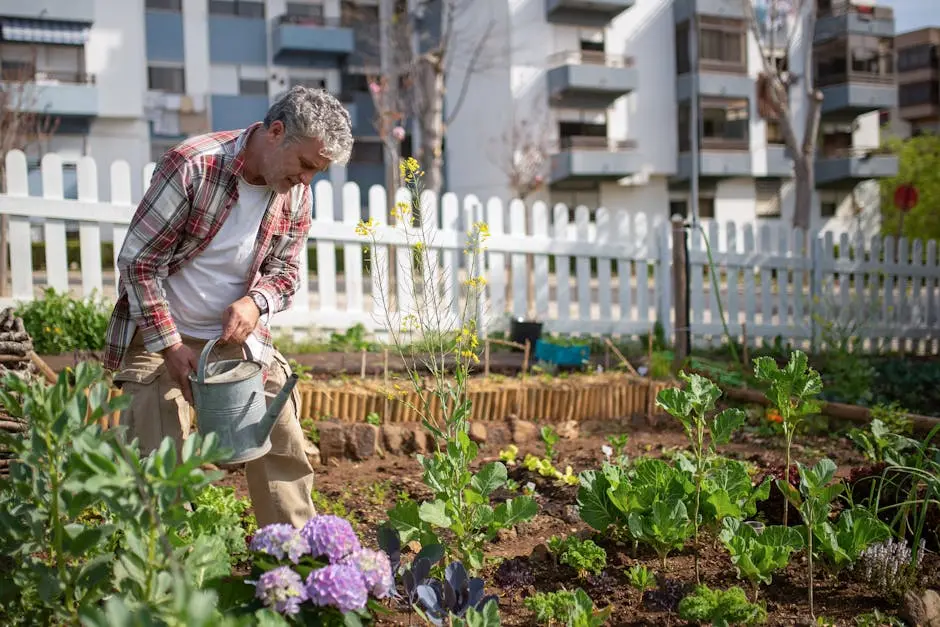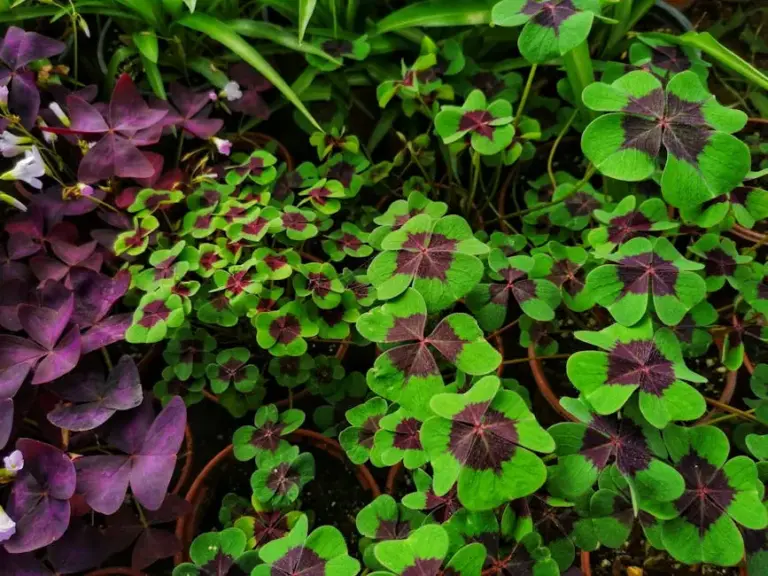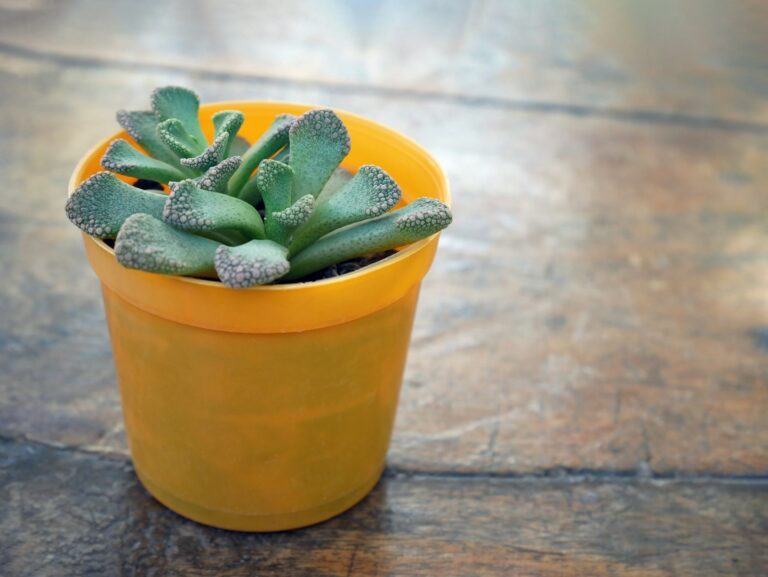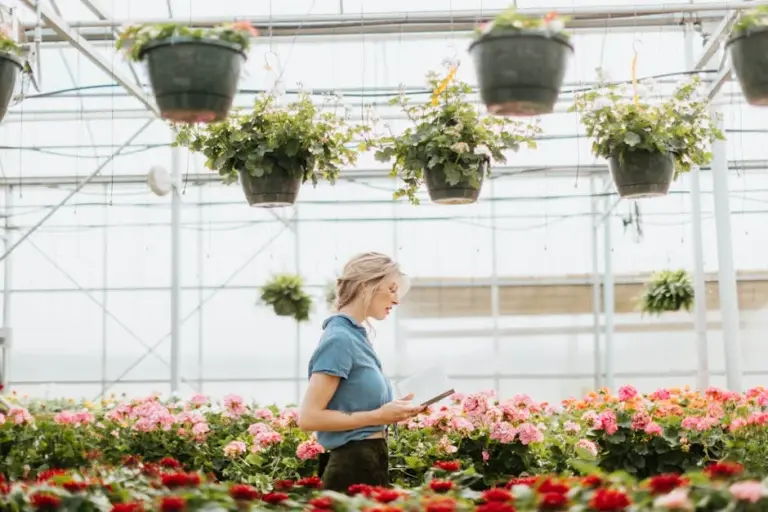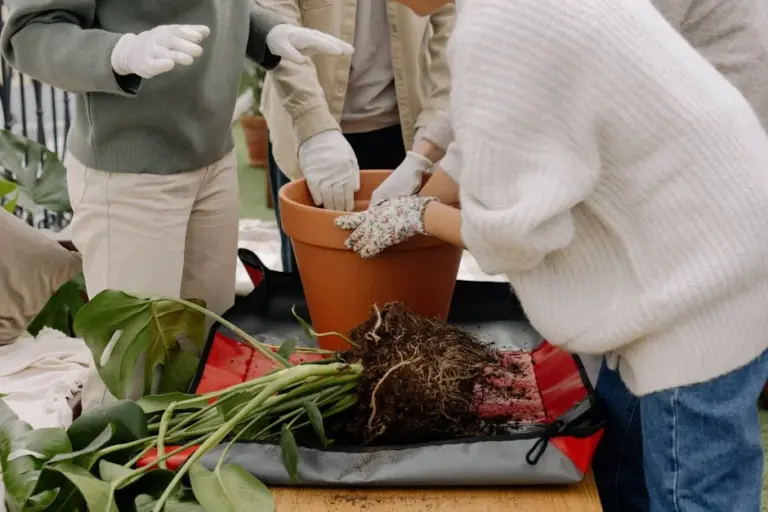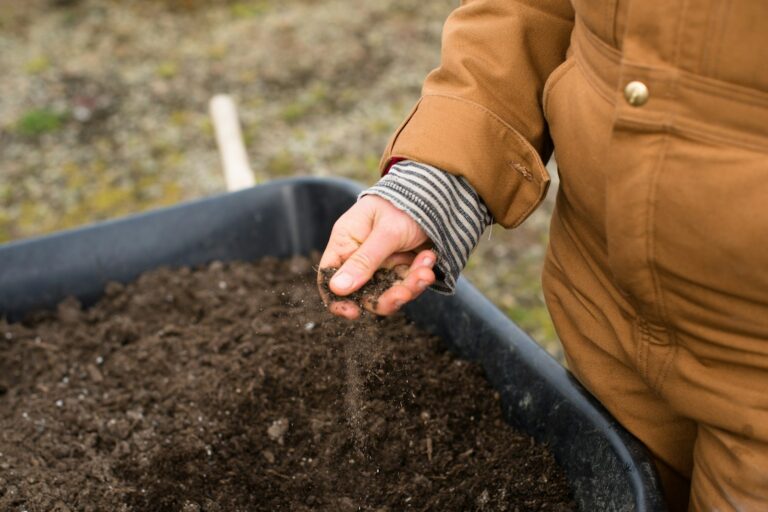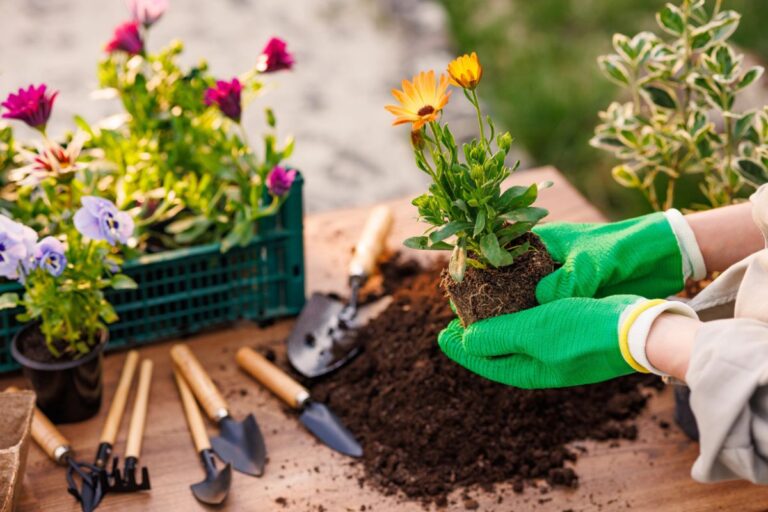5 Common Gardening Mistakes and How to Avoid Them for a Thriving Garden Year-Round
Gardening can be relaxing and rewarding, but it’s easy to make mistakes that slow your progress or harm your plants. Knowing which missteps to avoid will save you time, effort, and frustration in your garden.
The most common gardening mistakes include poor planning, improper spacing, inconsistent watering, and planting at the wrong time. Avoiding these pitfalls helps you create a healthier, more productive garden.
By learning how to spot and fix these errors early, you’ll enjoy better results and a more enjoyable gardening experience. Let’s dive into the top mistakes and how you can steer clear of them.
Overwatering and Underwatering
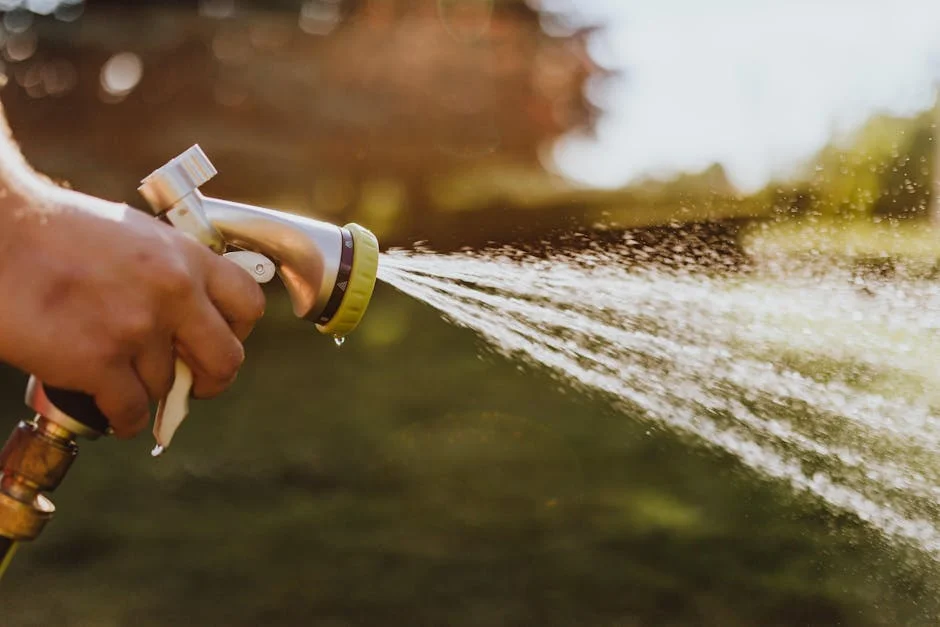
Watering your garden correctly can make all the difference in plant health. Knowing how to spot problems, setting a consistent watering schedule, and using the right tools will help you keep your plants thriving.
Recognizing Signs of Watering Issues
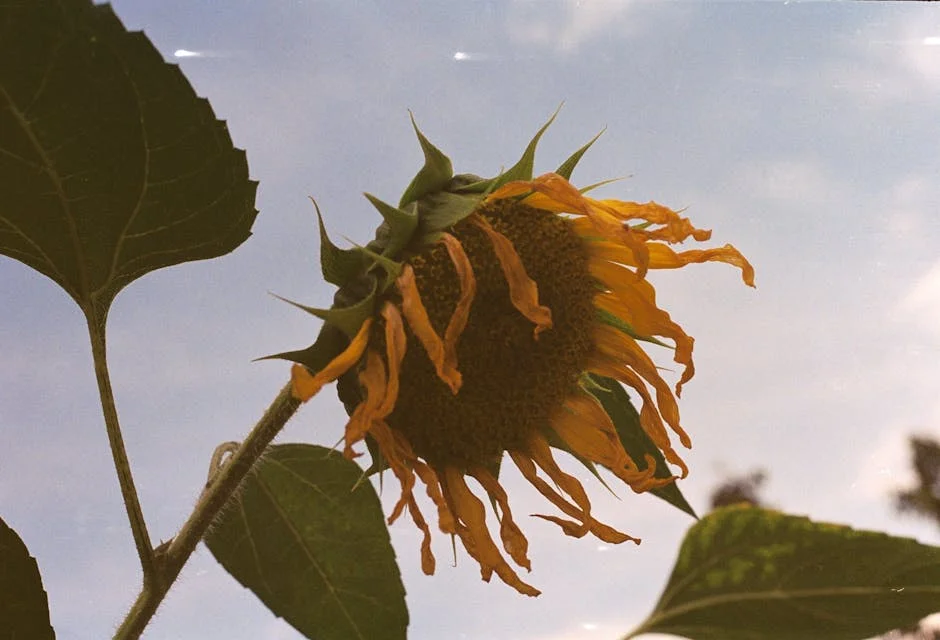
If your plants’ leaves are yellowing, wilting, or developing brown edges, they may be suffering from watering problems. Overwatered plants often have soft, soggy leaves or develop mold and root rot.
On the other hand, underwatered plants usually show dry, crispy leaves and slow growth. Check the soil by sticking your finger about an inch deep; if it feels dry, your plants need water.
Watching for these early warning signs can help you adjust before serious damage occurs, keeping your garden healthy and vibrant.
Establishing the Right Watering Routine
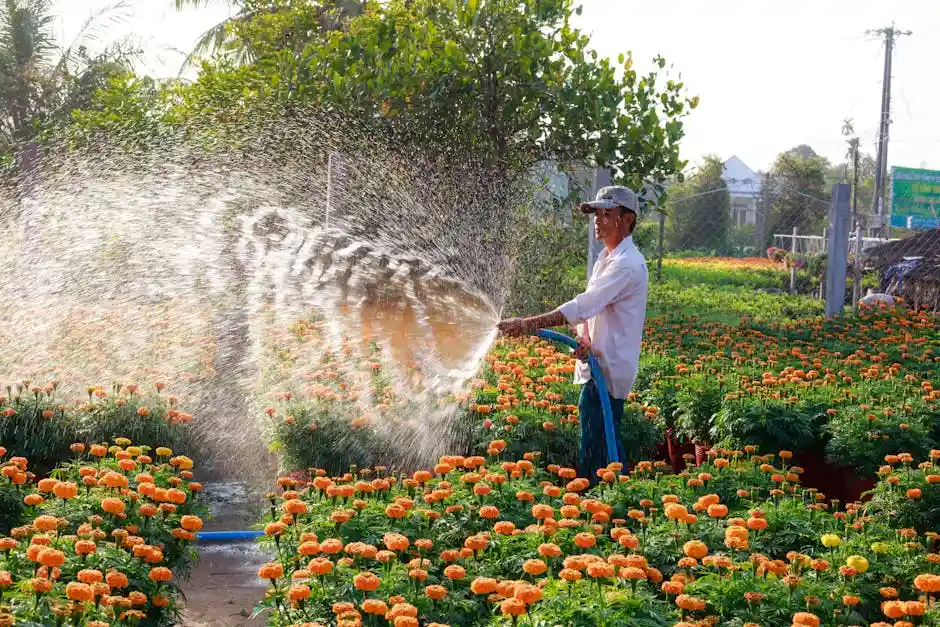
Consistency is key for watering. Most plants do best with deep, infrequent watering rather than frequent shallow watering. This encourages roots to grow deeper, making your plants stronger and more drought-resistant.
Water early in the morning or late in the evening to reduce evaporation and give plants a chance to absorb the moisture. Avoid watering during the heat of the day when water evaporates quickly.
Adjust your routine depending on soil type, weather, and the specific water needs of each plant — sandy soils drain quickly and might need more watering than clay soils, which retain moisture longer.
Choosing Suitable Watering Tools
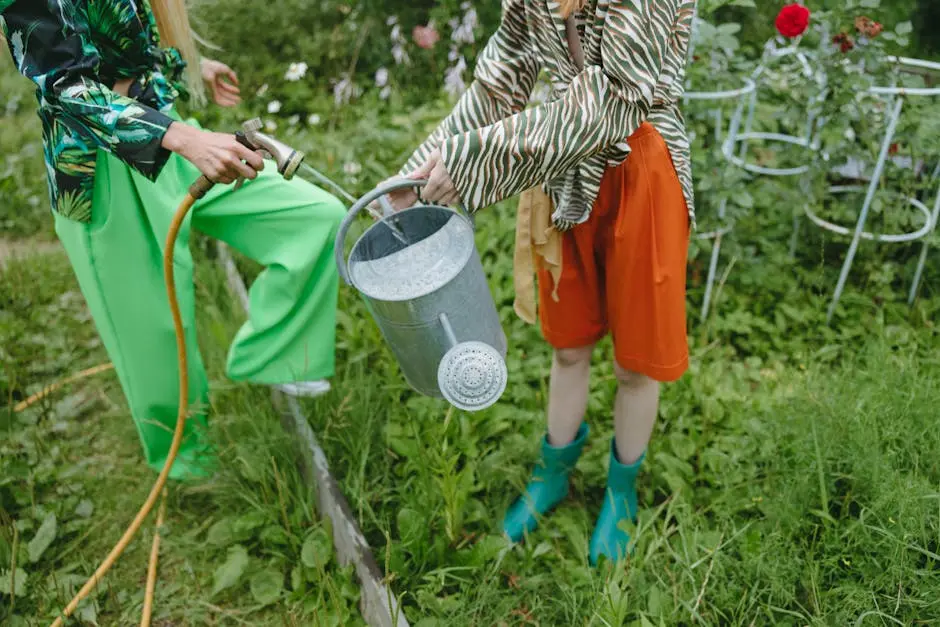
The right tools can make watering easier and more effective. Use a watering can with a narrow spout or a drip irrigation system to deliver water directly to the roots without wetting foliage. This reduces the risk of disease.
Soaker hoses are another good option for even watering over large garden beds. For potted plants, a moisture meter can help you know exactly when to water.
Avoid sprinklers that spray water over leaves, especially in humid climates, as this can promote fungal growth. The right watering method depends on your garden’s size and plant types.
For more detailed tips on watering mistakes, you can read about common errors and solutions in garden watering mistakes.
Poor Soil Preparation
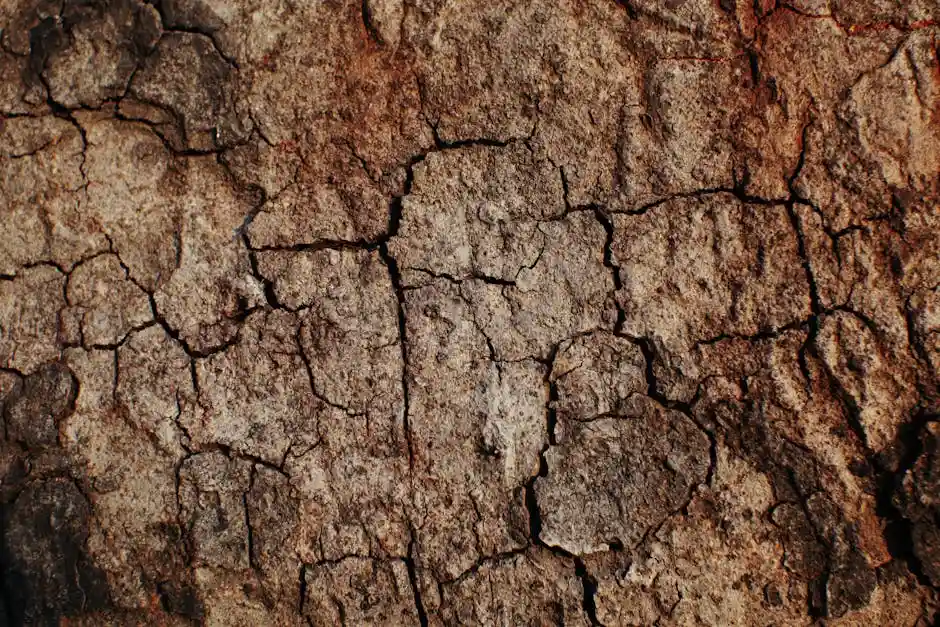
Good soil is the foundation of a healthy garden. To get the best results, you need to understand your soil’s current condition, improve it with the right materials, and make sure water moves through it properly. These steps help your plants grow strong and avoid common pitfalls.
Testing Soil Quality
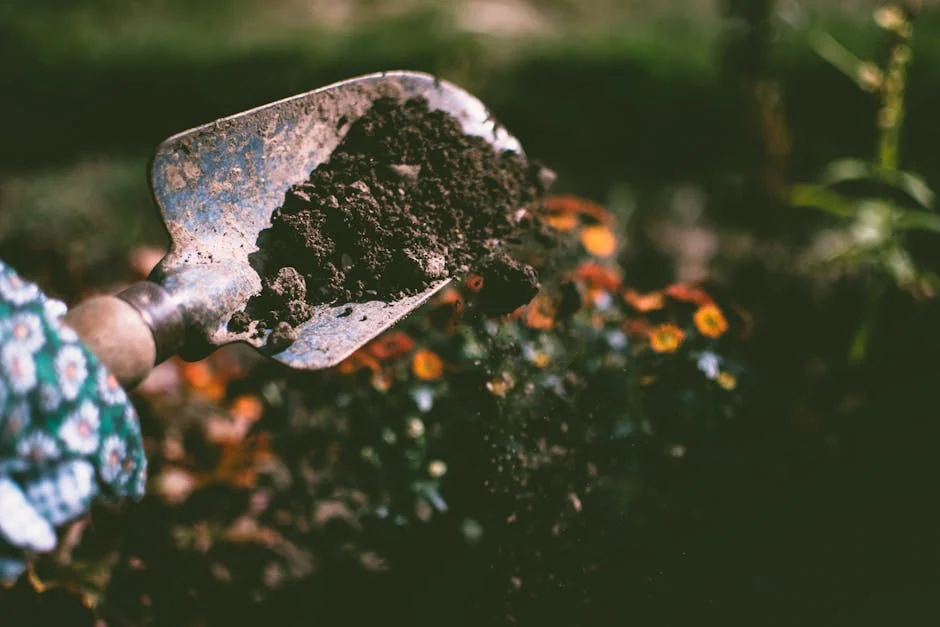
Start by testing your soil to know its pH, nutrient levels, and texture. You can buy a home testing kit or send a sample to a local extension service. Soil pH impacts how well your plants absorb nutrients; most vegetables prefer slightly acidic to neutral soil (pH 6.0 to 7.0).
Look for signs of problems like compacted soil or low organic matter, which can limit root growth and water retention. Knowing nutrient deficiencies—like low nitrogen, phosphorus, or potassium—lets you add the right amendments instead of guessing.
Improving Soil with Compost and Amendments
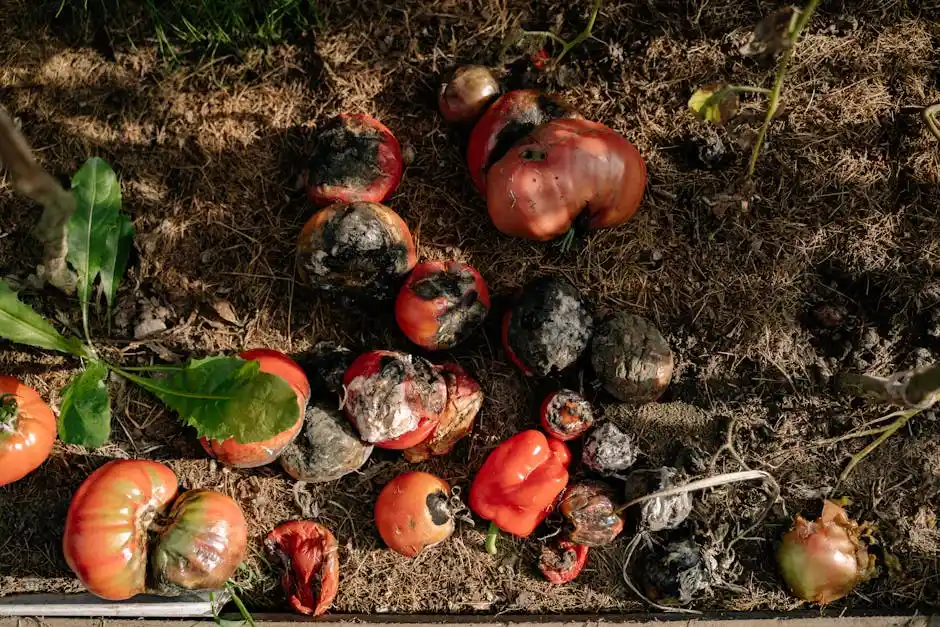
Adding organic matter like compost is one of the best ways to improve your soil. It boosts nutrients, enhances structure, and encourages beneficial microbes. Spread a 2-3 inch layer of compost over your garden bed and work it into the top 6-8 inches of soil.
You can also add amendments like lime to raise pH or sulfur to lower it, based on your soil test results. Avoid adding too much at once; follow the recommendations carefully. Mulching with organic materials after planting helps retain moisture and adds nutrients as it breaks down.
Ensuring Proper Drainage
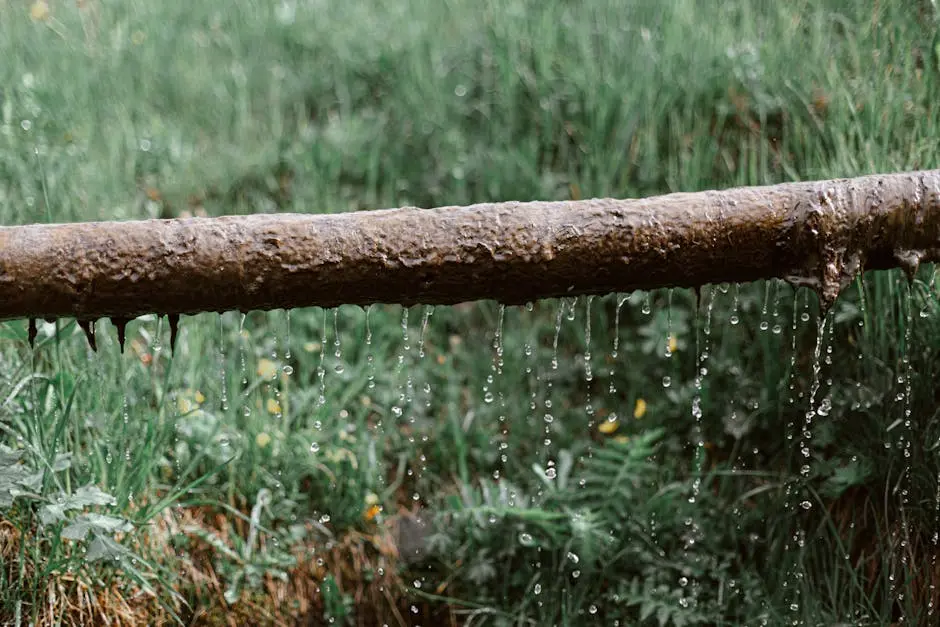
Proper drainage prevents waterlogged soils that harm roots and cause diseases. Check drainage by digging a hole about 12 inches deep and filling it with water. If it drains in less than four hours, your soil drains well; longer means it’s too dense.
To improve drainage, you can mix in coarse sand or fine gravel with your soil, especially if it’s heavy clay. Raised beds are another option, letting you control soil quality and improve water flow. Avoid compacting soil by stepping on beds or using heavy machinery.
Plant Selection Mistakes
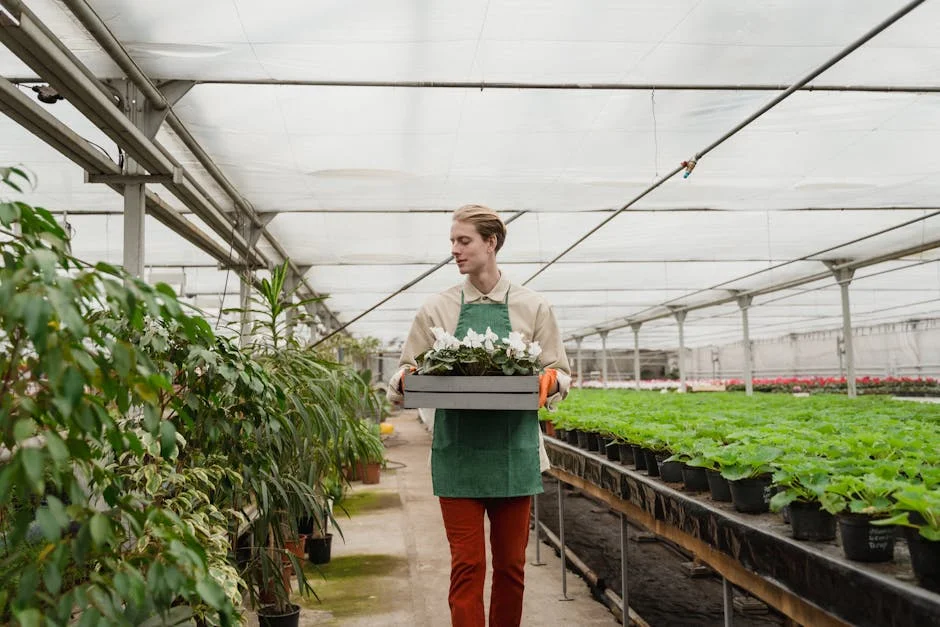
Choosing the right plants is critical to a thriving garden. Mistakes often come from ignoring climate suitability and light needs, which can cause poor growth or plant loss. Paying attention to these factors helps your garden stay healthy and saves time and money.
Selecting Plants for Your Climate
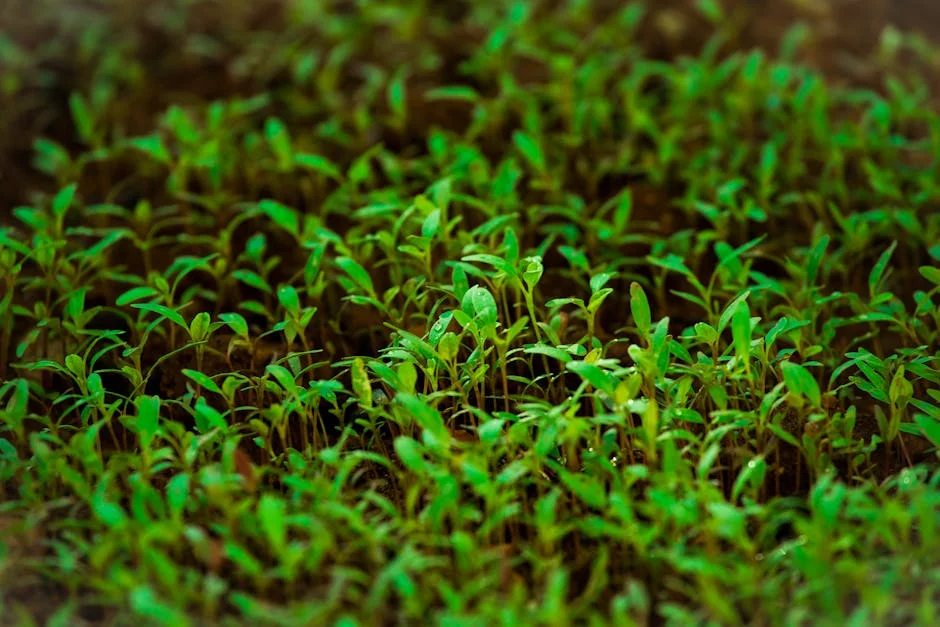
Plants suited to your local climate have a much better chance of thriving. Make sure you know your USDA hardiness zone or equivalent local guide. Avoid selecting plants outside this range because they struggle with winter cold or summer heat.
Also, consider humidity and rainfall patterns. Some plants need dry conditions, while others thrive in moist environments. When you pick the right climate match, your plants require less extra watering and protection.
You can check information about plants’ hardiness and climate needs on seed packets or reputable garden websites. This prevents common errors such as planting tropical species in temperate zones or cold-hardy plants in hot deserts.
Understanding Sun and Shade Requirements
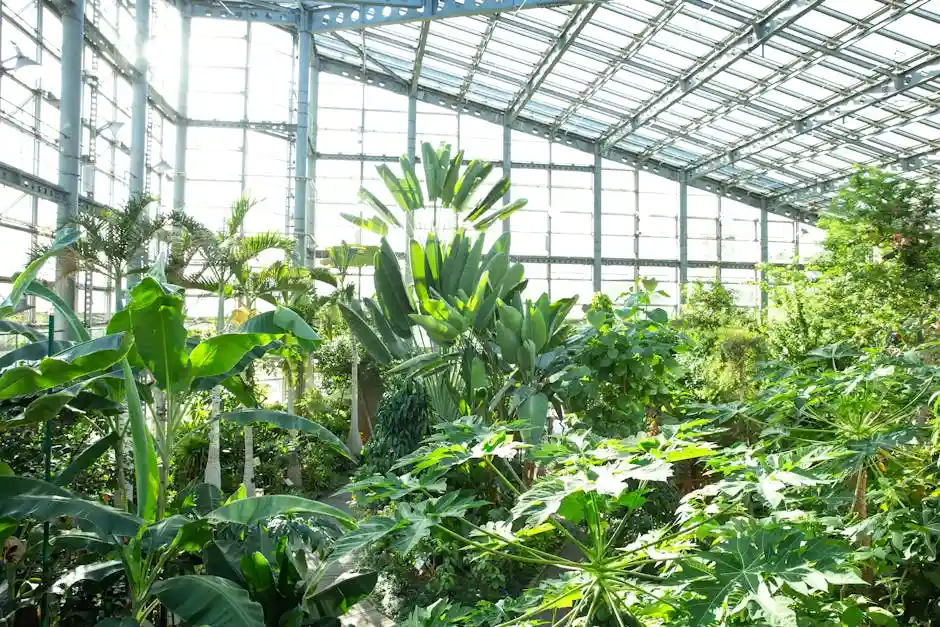
Each plant species has specific light needs, usually categorized as full sun, partial sun/shade, or full shade. Full sun means at least 6 hours of direct sunlight daily, which many vegetables and flowers require.
Placing a sun-loving plant in shade will cause weak growth and fewer blooms. Conversely, shade-tolerant plants placed in direct sun can become scorched or wilted.
Observe your garden’s sun patterns during the day to know exactly where light falls and for how long. Use this map to match your plant’s light needs carefully.
Here’s a quick reference:
| Light Type | Description | Suitable Plants |
|---|---|---|
| Full Sun | 6+ hours of direct sunlight | Tomatoes, lavender, sunflowers |
| Partial Sun/Shade | 3-6 hours of sunlight | Spinach, impatiens, pansies |
| Full Shade | Less than 3 hours direct sun | Ferns, hostas, begonias |
Getting light right from the start helps you avoid unnecessary plant stress and frequent replanting. For added advice on garden planning and soil testing, see tips on common gardening planning mistakes.
Neglecting Regular Maintenance
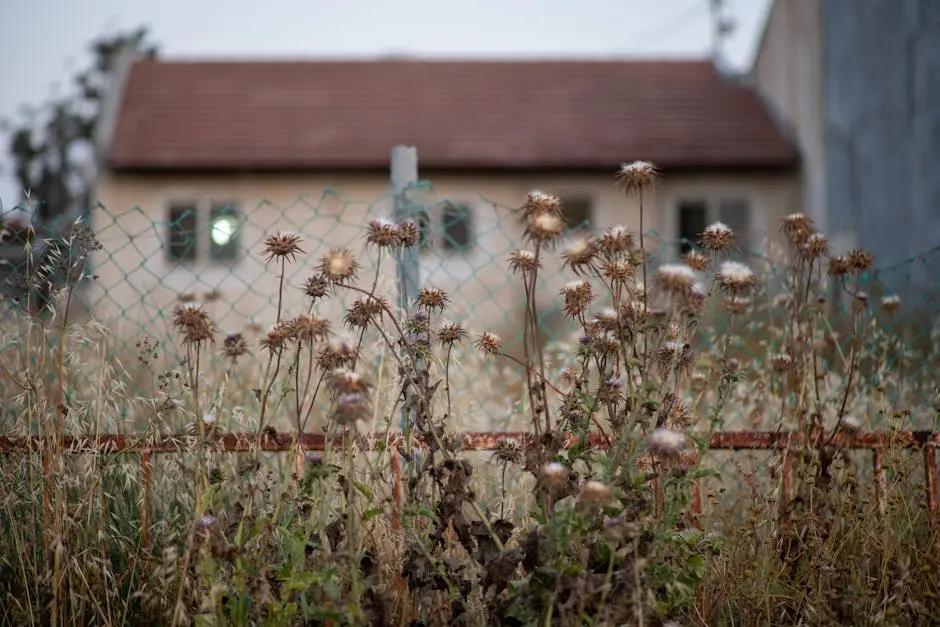
Keeping up with routine care is key to a successful garden. Simple tasks done consistently help prevent bigger problems, save you time, and keep your plants thriving.
Weeding and Mulching Techniques
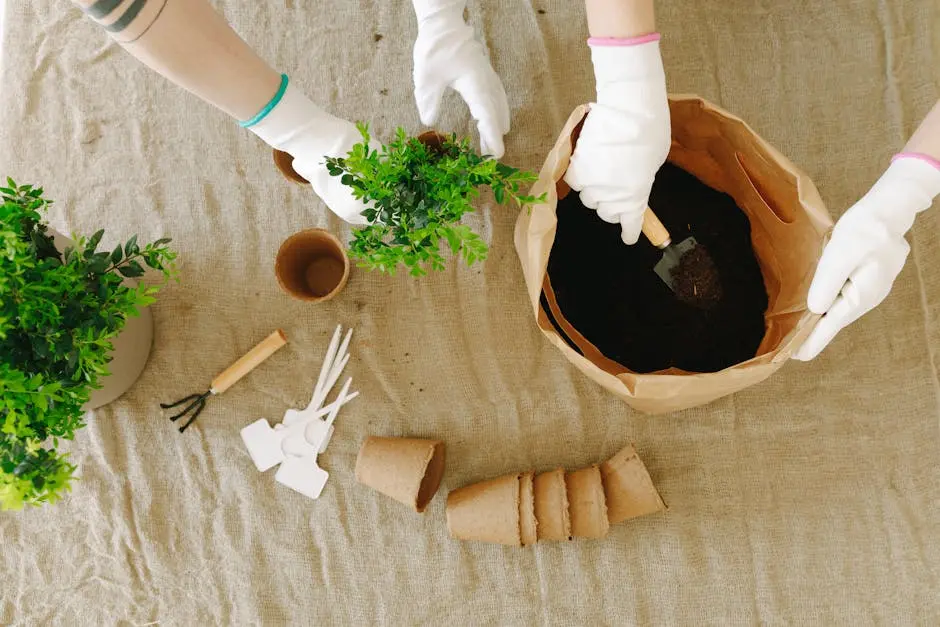
Weeds compete with your plants for nutrients, water, and light. Pull them out as soon as you notice them, focusing on removing the entire root to stop regrowth. Regular weeding prevents your garden from becoming overrun.
Mulching reduces weeds by blocking light and retaining soil moisture. Use organic mulches like bark, straw, or compost, spreading a 2-3 inch layer around your plants. Keep mulch a few inches away from stems to avoid rot.
This combo of weeding and mulching helps maintain soil health and keeps your garden looking tidy without extra watering or fertilizing.
Pruning for Healthy Growth
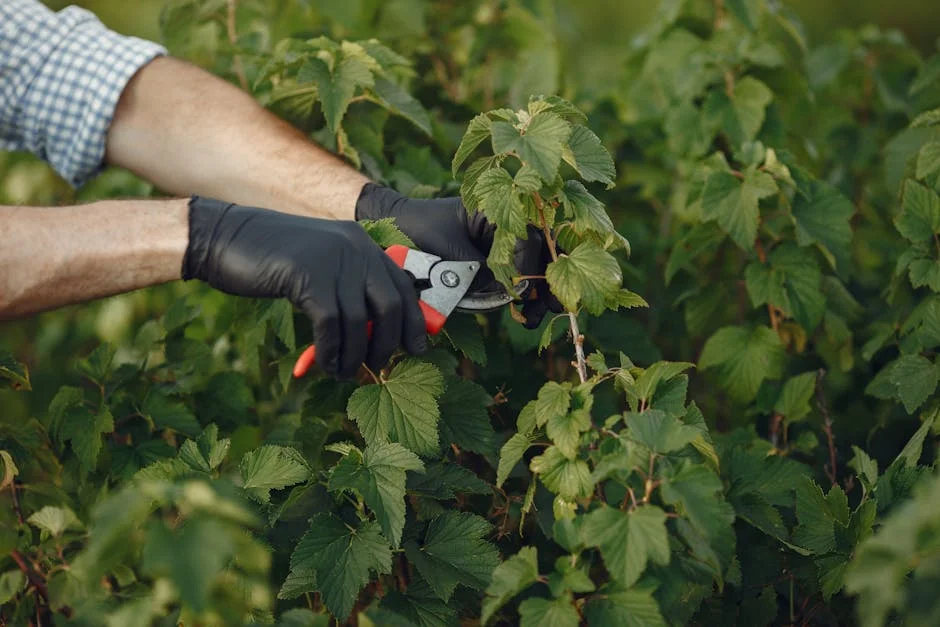
Pruning shapes plants, removes dead or diseased branches, and improves air circulation. Use sharp tools and cut at a 45-degree angle just above a leaf node or bud.
Regular pruning encourages new growth and can increase flowering and fruiting. Avoid heavy pruning during active growth periods; instead, prune in late winter or early spring for most species.
Proper pruning prevents crowded branches that invite pests or diseases, helping your plants stay robust and productive all season.
Ignoring Pest and Disease Management
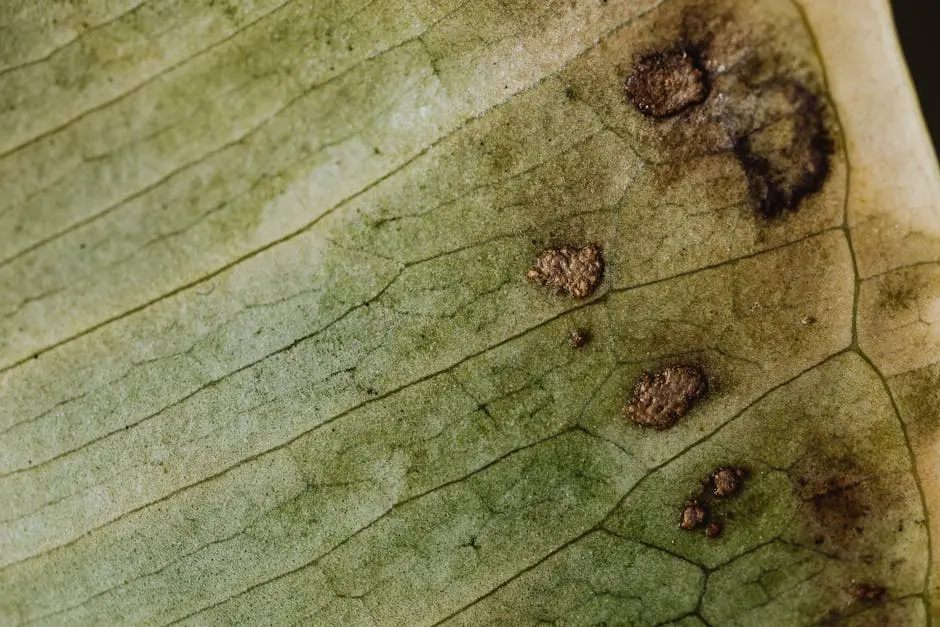
Keeping pests and diseases under control is essential for a healthy garden. You need to know what to look for and how to handle issues without harming your plants or the environment.
Identifying Common Garden Pests
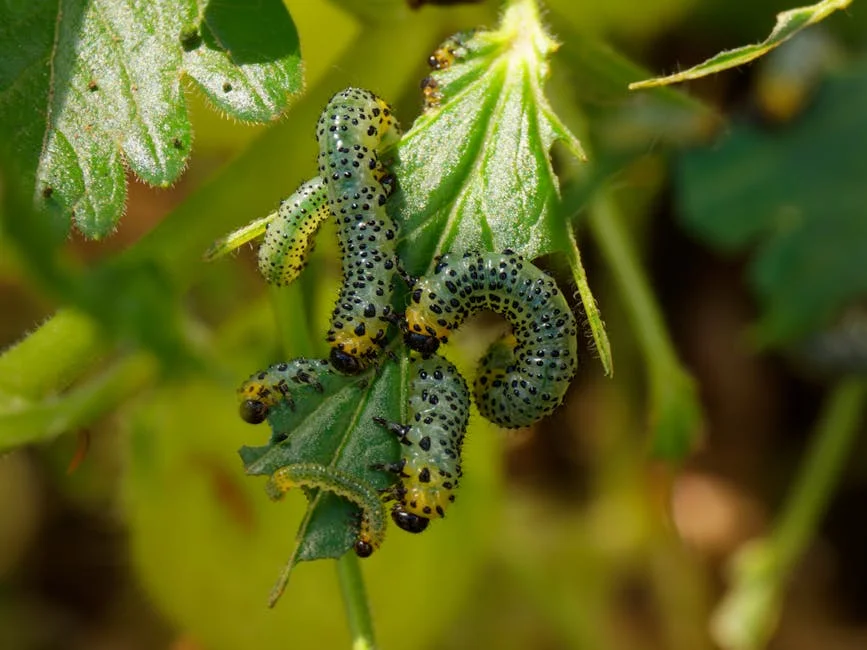
Start by regularly checking your plants for signs like holes in leaves, sticky residue, or discolored spots. Common pests include aphids, slugs, caterpillars, and spider mites.
Here are a few tips to help you identify pests:
- Look for small insects clustered on new growth or the undersides of leaves.
- Notice unusual patterns like leaf curl, wilting, or stunted growth.
- Check for slime trails, which often indicate slugs or snails.
Early detection helps you stop infestations before they spread. Keep a magnifying glass handy for better inspection, especially on smaller pests.
Implementing Organic Control Methods
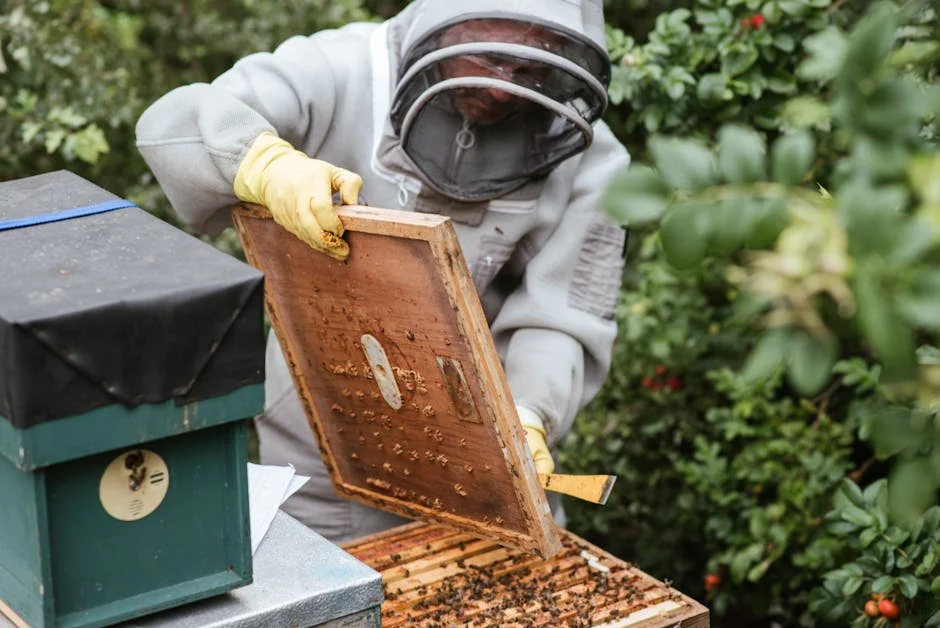
Choosing organic control protects your plants and beneficial insects like bees and ladybugs. Start by removing pests by hand when possible, especially larger insects.
You can also use natural remedies such as:
- Neem oil spray, which disrupts pest life cycles.
- Insecticidal soap, effective against soft-bodied pests like aphids.
- Diatomaceous earth, which damages pests’ exoskeletons.
Encourage natural predators by planting flowers like marigolds or herbs such as basil nearby. Avoid overusing chemical pesticides to maintain a balanced garden ecosystem.
For more detailed tips, visit this guide on gardening mistakes.
